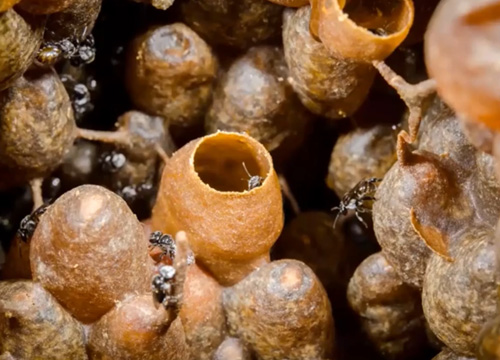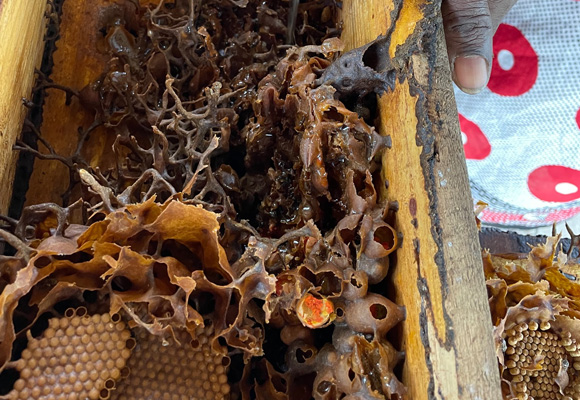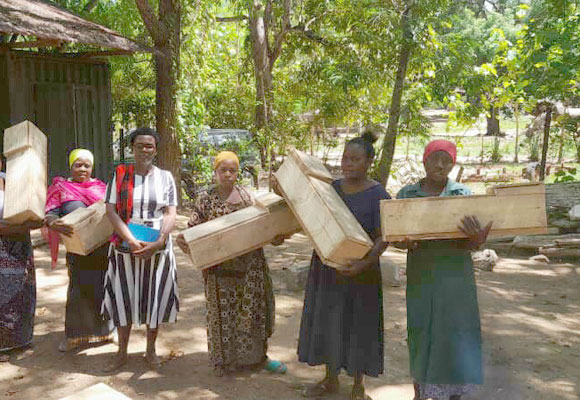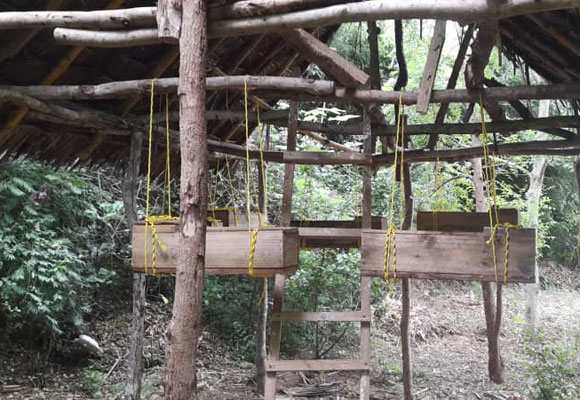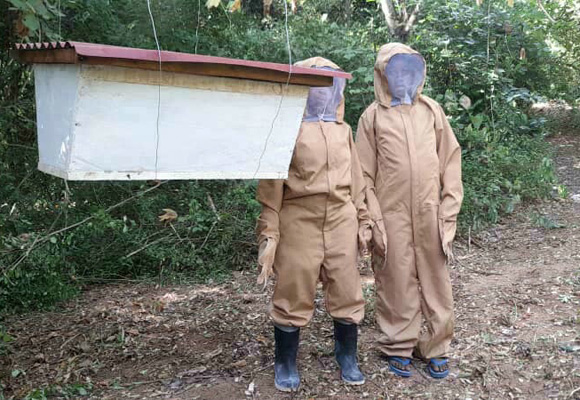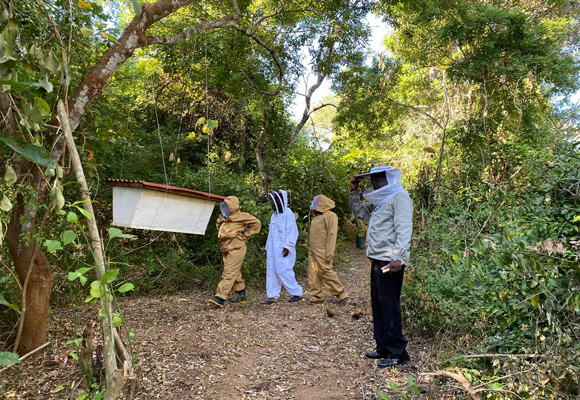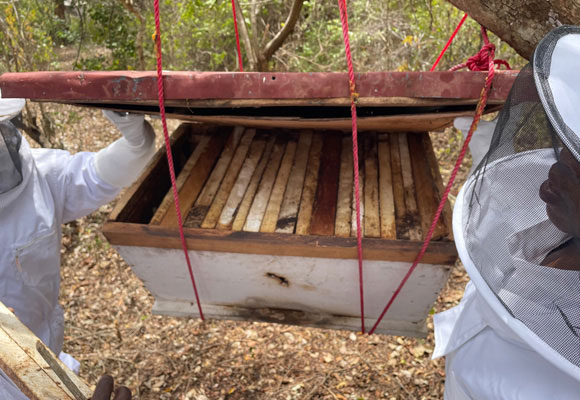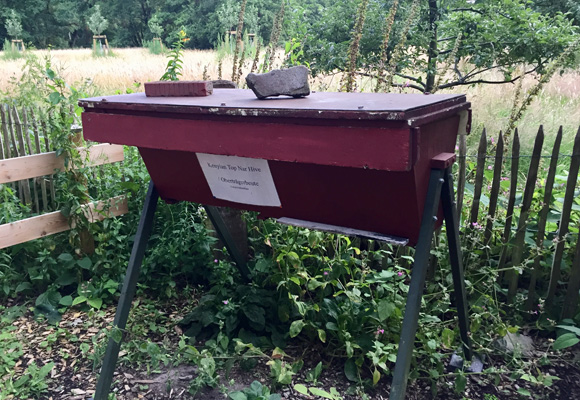HONEY OF THE STINGLESS BEES (APIS MELIPONINI)

In our project, we support the widows in learning about beekeeping – both in the production of conventional honey of the sting honey bees and honey of the stingless bees.
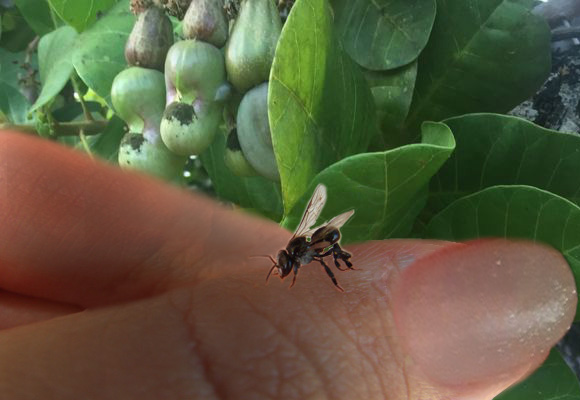
Stingless bees (apis meliponini), of which there are hundreds of subgroups, do not exist in our northern latitudes. They live only in the humid, hot subtropical and tropical regions of the world.
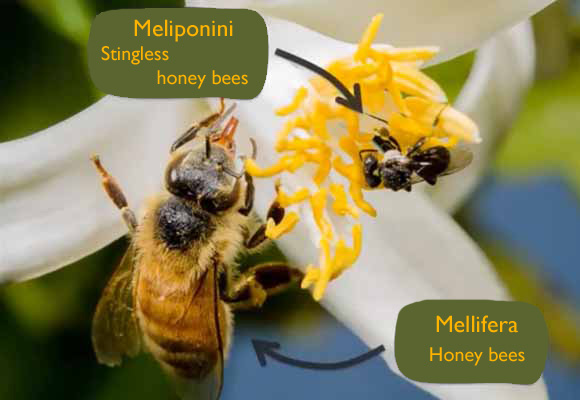
Just like the common honey bee that we know here, the stingless bee lives in a social hierarchical structure and is the only bee that also forms a permanent colony which inhabits its nests for several generations.

In contrast to the bees we know, which collect their honey, its brood, and its pollen in hexagonal wax combs in the hives, the stingless bees deposit their honey in small, round pots.
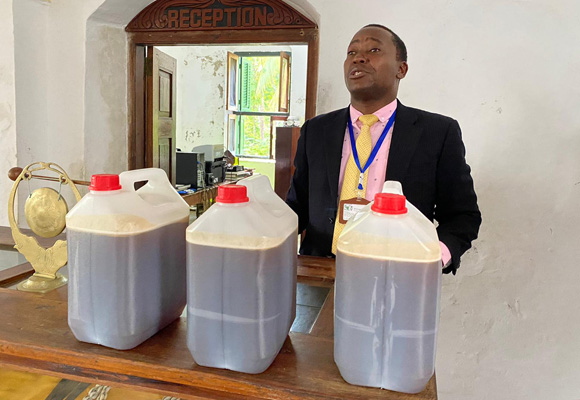
The honey of the stingless bee is also much more liquid than the honey we know and contains other ingredients that are particularly suitable for wound healing.
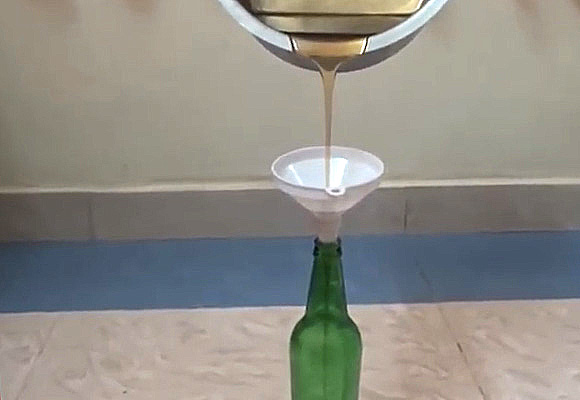
Since the size of a stingless bee is usually only a third of the size of the Apis mellifera and their colonies are much smaller, the amount of honey obtained is only a fraction of what the sting honey bee can collect.

The special “UTOB beehives” are hung up near the dwellings of the population, sheltered from the rain, so that other insects, ants, monkeys, etc. do not have easy access.
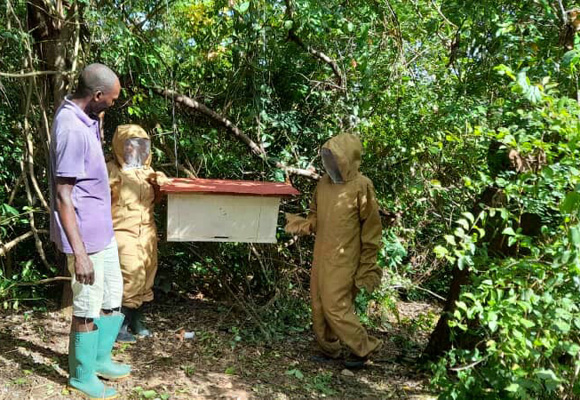
The common honey bee, (Apis mellifera) is preferentially kept secluded in the nearby jungle, in special horizontal „Kenya-top-bar“ hives.
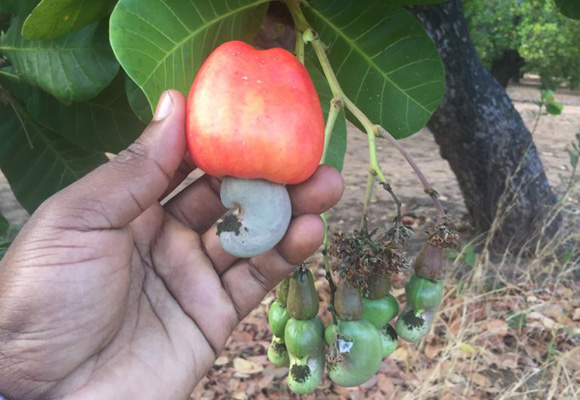
Both bees species have different plants, which they mainly pollinate.
The stingless bees prefer to pollinate macadamia, cashew, and mango trees.
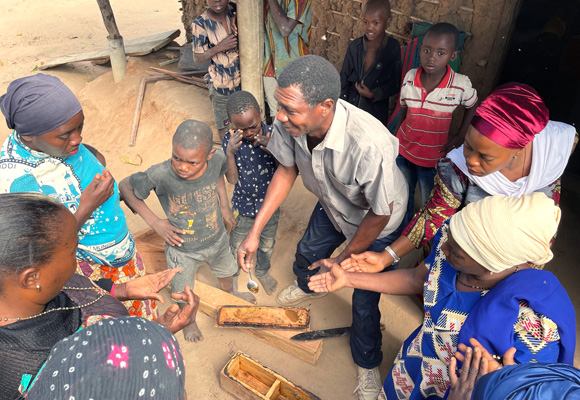
The blossoms of watermelon, citrus fruit, and avocado trees are not flown to. Apis mellifera must pollinate them!

